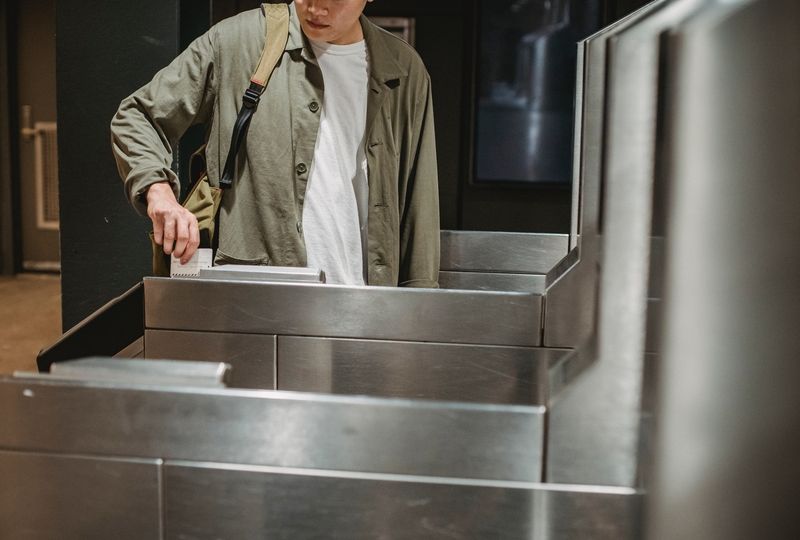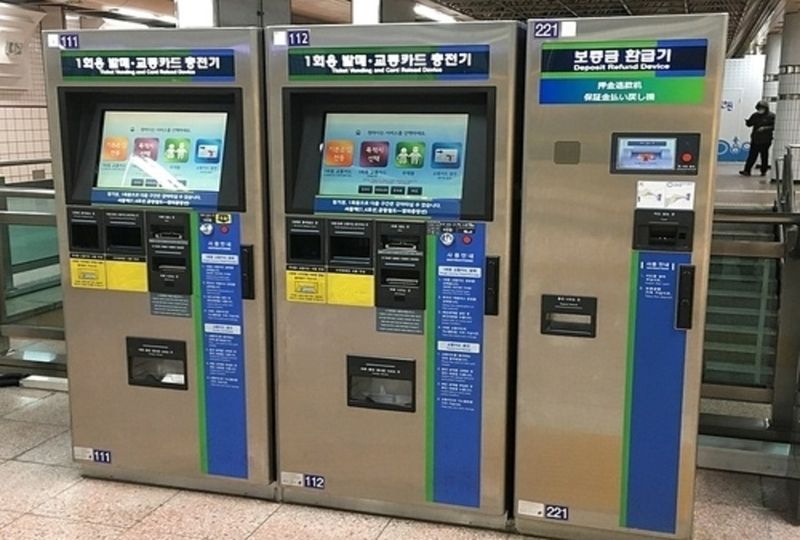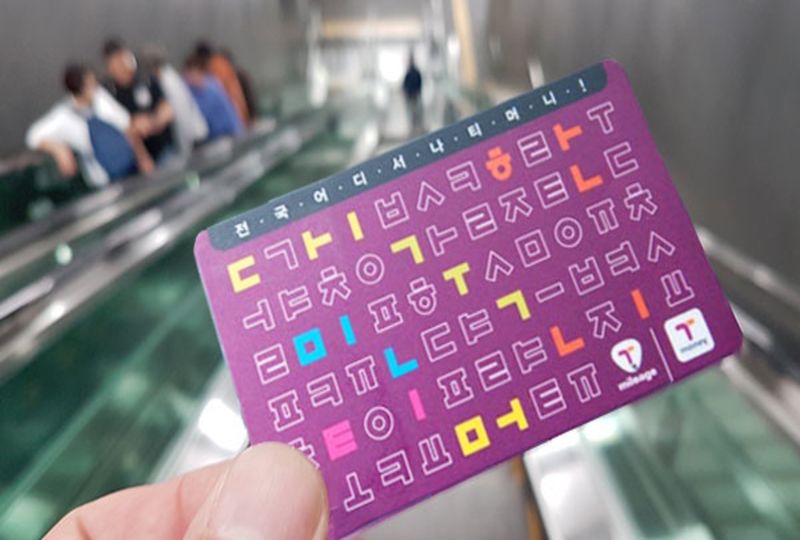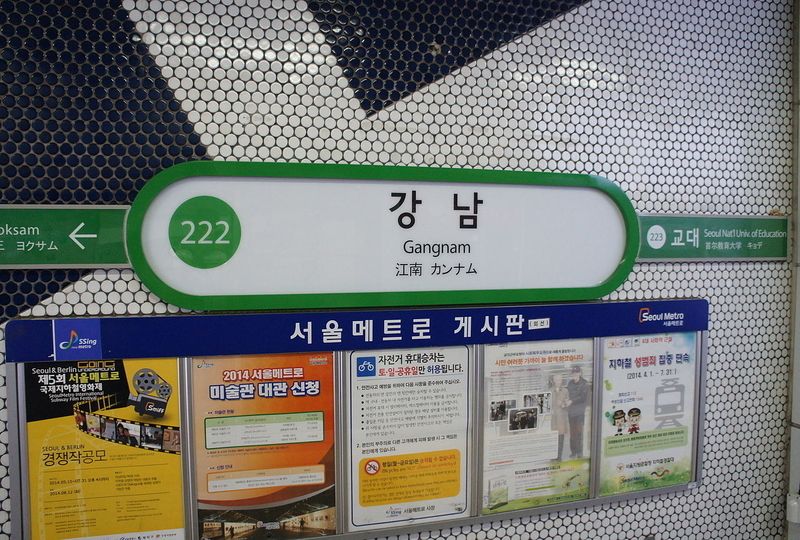Korean Travel Vocabulary: How to Navigate Transportation and Ask for Directions in South Korea
Learn about the best tips to travel South Korea as if you live there. Never struggle with directions again as a tourist with these easy tips!
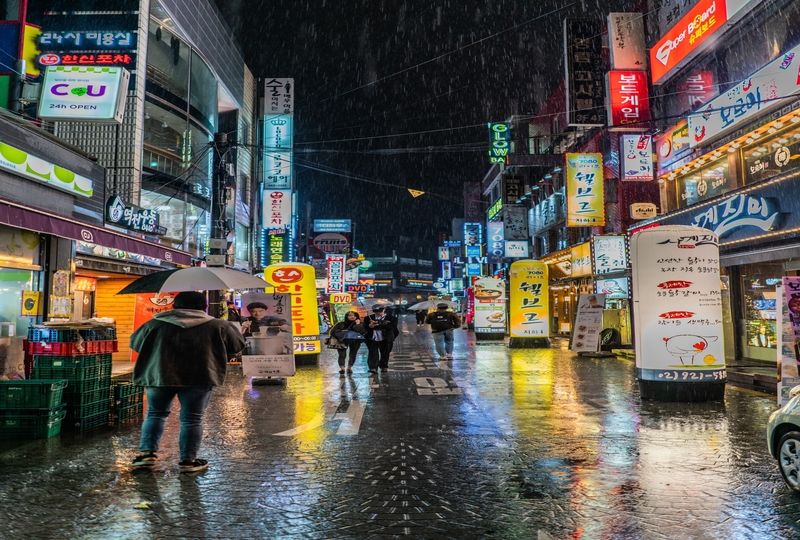
Learning and speaking Korean will become easy and fun when traveling around South Korea. Depending on your level of Korean language comprehension, it can be sometimes difficult to get around in a new country. However, this article will make the process easy.
When walking around Seoul, South Korea, you may notice that the public transportation system is always crowded with people. Korea is filled with locals, students, tourists, and employees busily rushing to get to work or to a travel destination. The streets are always busy throughout the day and you may wonder what the best way to get to your location is. If you are not sure where to travel to in Seoul, here are many attractions.
How to Learn Korean Through Transport
The best way to get around South Korea is the public transportation system. The main methods of travel in Korea are subways, buses, taxis, and trains. Learning to master different types of transportation will help you read Korean better and navigate through street signs. Learning to ride the taxi will help you with Korean speaking skills as you talk to the drivers and passengers.
Learn Korean By Riding The Subway
Subways are the most convenient and efficient way to travel around major cities such as Seoul and Busan. Roadmaps for subways are color coordinated and easy to read for foreigners as well. Subway (ji ha cheol) in Korean, and subway stations are called 지하철 역 (ji ha cheol yeok).
Oftentimes, you will see a lot of different Korean locals on the subway. Not many Koreans talk while riding the subway, but most people will kindly answer your questions. Looking at how they talk on the phone, how they dress, what kind of books they read on the subway can teach you a lot about Korean culture. Try to practice speaking greeting words and avoid mistakes.
Subways are underground and you may notice the subway entrances are labeled with entrance numbers. Subway entrances/exit are called 지하철 출구 (ji ha cheol chool gu) and should be labeled throughout the subway to lead you out the correct exit number. The entrance/exit numbers are usually labeled on the top of the entrance roof. The entrance will lead you down the tunnel with a flight of stairs or an escalator.
When riding the escalator, a line down the middle of the steps indicates whether you should stand or walk. The walking path is usually on the left side, and the people who are standing are on the right. The line divides the two sections so that the escalator does not cause traffic or accidents for people who are in a rush on the left side.
The main lobby is at the bottom of the escalator or stairs. A ticket booth or an automatic ticket dispenser machine is nearby. The large machines are called 자동 판매기 (ja dong pan mae gi). They are usually labeled 1회용 발매 | 교통카드 충전 (il hoe yong balmae | gyo tong kadeu chungjeon), which means one-time use ticket or recharge card machine.
The automatic machines are in a silver color and will tell you which tickets you need to select in order to get you to your destination. The machine has different language options, the destination and price should be easy to read.
Improve Your Korean Speaking Skills
Tickets can be bought with a rechargeable T-Money plastic card. You can buy a card from the machine or a subway convenience store and recharge money into the card from a machine. The T-Money cards cost 2,500 Won (around $2.24) and the fares cost 1,200 Won (around $1.12) for every 10 km.
Purchasing T-Money cards from the subway booths and stores will improve your Korean speaking skills. Learning simple Korean words can get you far while traveling in Korea.
When asking for a money card from the convenience store, you can ask "T-Money Card 하나만 주세요," (T-Money Card hana man ju se yo) which means "May I please buy a T-Money Card?" You can learn more about formal greetings when speaking to people in Korea. You can go anywhere with our easy to use 101 Basic Korean Words.
T-Money cards are very useful because they can be used on subways but also on taxis and buses as well. When you transfer to another line on the subway within 30 minutes, the transfer fee is waived. However, the fee is only waived 4 times a day so make sure to keep count!
T-money cards have different photos such as logos or characters on them, so many people try to look for their favorite cards to purchase. Many celebrities often advertise T-Money cards on television. They are usually found in convenient stores near the main lobby or magazine stands at bus stops.
Physical paper tickets are not made anymore in Korea for environmental reasons. People who do not want to buy a T-Money card will get a regular plastic card that they can insert into a refund machine when exiting the subway line. Refund machines will give you back 500 Won in exchange.
Learning Subway Maps Will Advance Your Korean Reading Skills
The subway lines can be a bit confusing at first to read, but the color coordination will help. The line maps are posted all around the subway station and even on the subway. Large signs lead you to the correct direction you need to go in. The map includes eight main lines in Seoul, which are in different colors and go into different routes.
The best way to memorize the directions that the lines travel is with the colors. Some of the lines go into the city’s main center or around the outskirts. The airport railroad only goes from the main districts to the Incheon Airport.
When faced with a question about the subway lines, an information booth will be near the ticket dispensers. Many people speak some English in Korea, so they will be happy to answer your questions.
The subway entrance gate will lead you to the correct platform that you need to take to get to your destination. You must scan your ticket at the gates in order to get to the subway platform.
Sometimes, if your T-Money card or ticket is low on funds, the yellow gate will come out and restrict you from entering. Simply recharge your card or get the correct subway ticket at the dispenser machine.
Sometimes, people get confused so they may go into the wrong entrance. Press the red button on the left and talk to the subway help desk. They will let you know what you have to do to get to the correct platform. If they do not know English, try to practice some everyday words to get you familiar.
If you get confused which direction to go while trying to pick the correct direction, you can always look at the signs that point you in the right direction. It will have an arrow pointing to for example, Gangnam to Yeoksam.
The platform is usually on the bottom of another flight of stairs, and have two types of subway trains. The normal train is labeled in green and the fast train is labeled in red. The green is called 일반/ilban (general), and the red train is called 급행/keup haeng (fast).
The fast train will skip a couple of subway stops but make sure to double check which stop you need to get off. The green will stop at each subway stop.
When standing and waiting for the subway, make sure to stand behind the yellow lines for safety. The glass doors will open right before the subway train doors open. Try to avoid rush hours because the subway trains will become extremely congested.
Bus Routes Will Help You Learn Korean Streets And Names
Buses are a bit more complicated than subways and foreigners usually stay away from them. Because the bus drivers do not really speak English and the bus networks are complex, it is easier to stick to subways and trains.
However, if you know the correct route and bus number, buses are very convenient as well! The signs are in English, so the routes are easy to follow. The buses are similar to the subways in that they have color coordination.
The routes they take are separated into different colors, and the buses are blue, red, green, and yellow. The buses have varying costs, but usually range from 1,300 Won to 2,400 Won per ride.
More recently, electric buses are in a blue or green color. They have a slightly cheaper fare.
The buses usually come to the stops every 10 to 15 minutes. The schedule is sometimes not exactly on time because of the heavy traffic and rush hour times.
When stepping onto the bus, you scan your T-Money card or insert cash into the machine. Paying with a T-Money card is cheaper than cash because using the card will give you a small eco-friendly discount.
Taxis Are a Great Way to Speak to Locals
Taxis are also commonly used around South Korea. Taxis are the most convenient to use as public transport because the driver will take you almost exactly where you need to go. However, they are much more pricier than the other transport systems.
People in Korea often use the taxis after the subways stop operating at midnight or after hours. Different types of taxis such as 일반 or ilban (general taxis), 모범 or mobeom (deluxe taxis), or a 카카오 Kakao Taxi are available.
The general taxis are often seen anywhere on the streets of Seoul. Mobeom taxis offer a higher quality service and add more legroom for passengers. The Kakao taxis are in a yellow color and usually have Kakao on the side of the taxis. Kakao taxis only come by the Kakao Transport app that you can download onto your mobile device.
Unfortunately, taxi drivers do not speak too much English. You can learn some basic words to help you navigate the driver to your destination. Therefore, practice some useful greeting and basic conversational words that will help you give them directions beforehand.
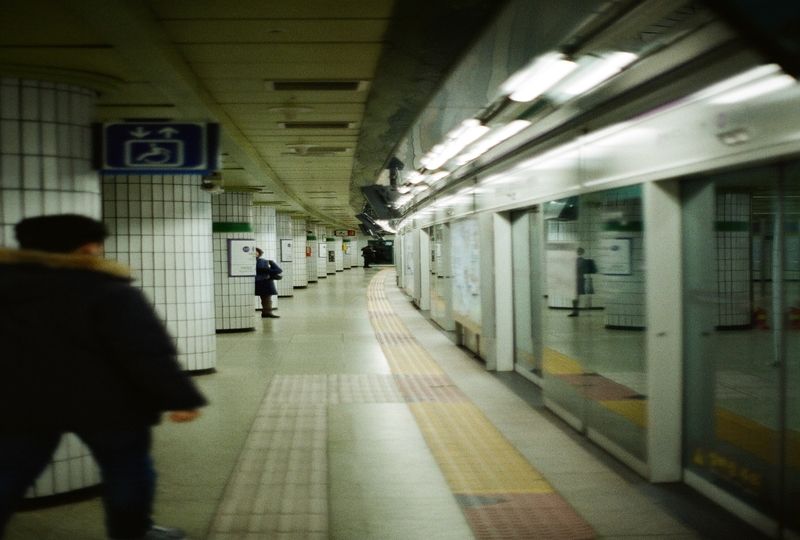
People Walking In A Subway Station
Traveling in South Korea Will Improve Your Korean
Although the following steps may seem like a lot, once you are actually experiencing your first ride on the subway or taxi, it will be surprisingly simple. The maps and ticketing process are narrowed down so that people can follow the steps easily.
Once again, if you have any questions, you can always ask the information booth or someone who speaks English. You can also learn how to speak Korean alone with some basic phrases.
To recap, find the entrance to the subway tunnels and make your way to the lobby. Buy your T-Money Card at the store or booth and load money onto the card. Find the correct Subway to ride in the right direction. If you are having trouble finding the right direction, a Kakao Metro App will help you so that you can navigate through transfer routes in no time.
For the bus, go to the correct bus stop with the correct number and color. If you do not know where the stops are located, you can always open your Google Map or Maps applications and the blue dot will lead you to the correct direction. Many taxis available all around Seoul.
However, in rural areas, you may need to call for a taxi because no one may be driving around the vicinity. The safest and most convenient way to ride the taxi is through the Kakao Taxi app.

